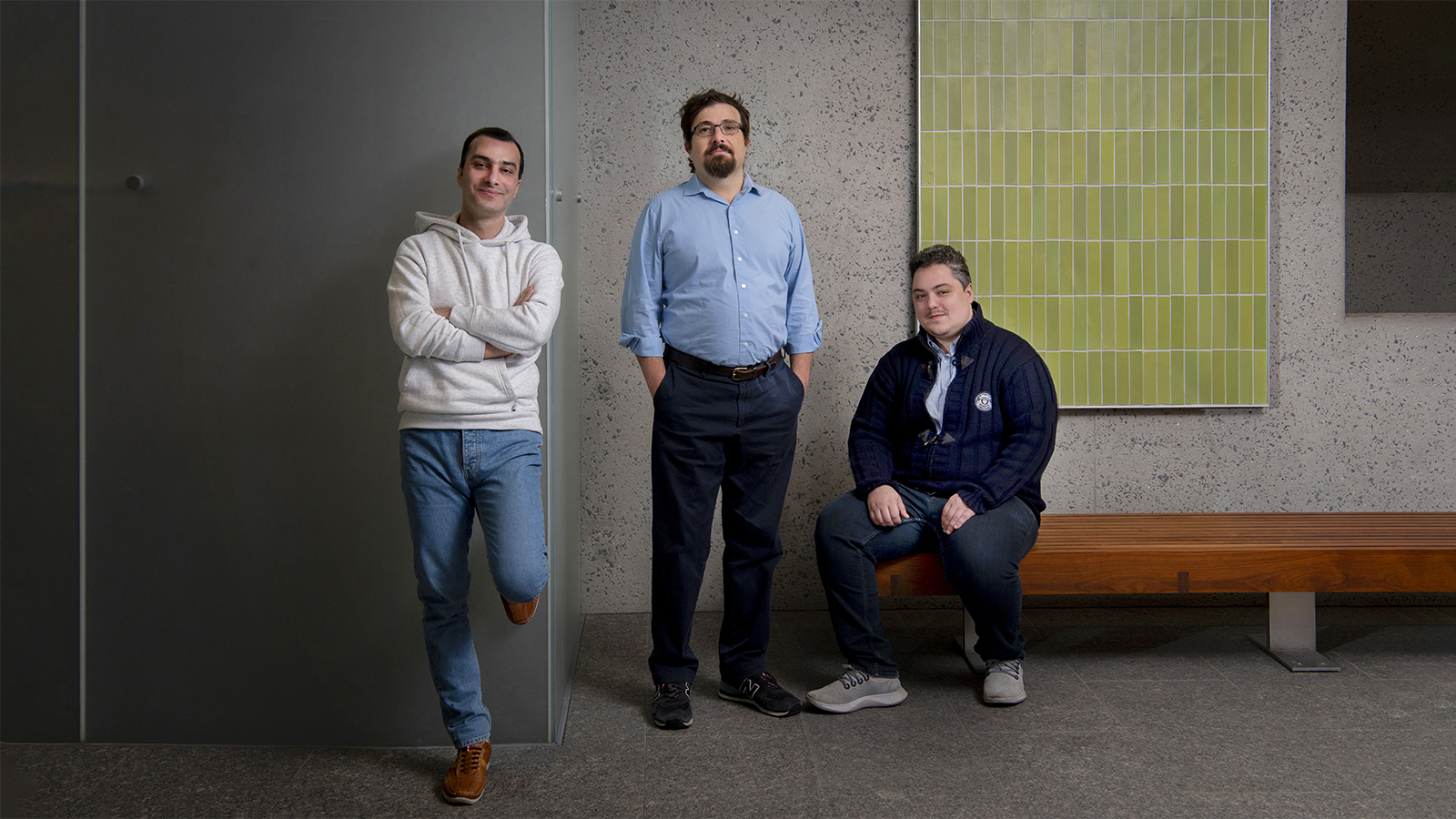Scientists, including Jaemin Seo, SangKyeun Kim, and Egemen Kolemen, have used artificial intelligence (AI) to control and prevent instability in fusion plasma, a key challenge in fusion energy production. The team used a dynamic model to train AI in automated instability prevention, demonstrating its effectiveness in the DIII-D, the largest magnetic fusion facility in the U.S. This AI controller could help develop stable operational scenarios for future use in ITER, the world’s largest science project. The research also highlights the potential of nuclear fusion as a promising energy source for zero-carbon power generation.
Reinforcement Learning for Fusion Plasma Stability
The production of stable and efficient fusion energy using a tokamak reactor requires the maintenance of high-pressure hydrogenic plasma without plasma disruption. This necessitates active control of the tokamak based on the observed plasma state to maneuver high-pressure plasma while avoiding tearing instability, a primary cause of disruptions. This challenge presents an obstacle-avoidance problem for which artificial intelligence (AI) based on reinforcement learning has shown significant potential. However, the obstacle, the tearing instability, is difficult to predict and is highly prone to terminating plasma operations, especially in the ITER baseline scenario.
Previously, a multimodal dynamic model was developed that estimates the likelihood of future tearing instability based on signals from multiple diagnostics and actuators. This dynamic model is now being used as a training environment for reinforcement-learning AI, facilitating automated instability prevention. The AI control has demonstrated its ability to lower the possibility of disruptive tearing instabilities in DIII-D, the largest magnetic fusion facility in the United States. The controller maintained the tearing likelihood under a given threshold, even under relatively unfavorable conditions of low safety factor and low torque. This controller is a significant step towards developing stable high-performance operational scenarios for future use in ITER.
Nuclear Fusion as a Promising Energy Source
As the demand for energy and the need for carbon neutrality continue to grow, nuclear fusion is rapidly emerging as a promising energy source in the near future due to its potential for zero-carbon power generation, without creating high-level waste. Recently, the nuclear fusion experiment accompanied by 192 lasers at the National Ignition Facility successfully produced more energy than the injected energy, demonstrating the feasibility of net energy production. Tokamaks, the most studied concept for the first fusion reactor, have also achieved remarkable milestones.
However, despite the remarkable success of fusion experiments in tokamaks, several obstacles remain. Plasma disruption is one of the most critical issues to be solved for the successful long-pulse operation of ITER. Even a few plasma disruption events can induce irreversible damage to the plasma-facing components in ITER. Techniques for predicting disruption using AI have been demonstrated in multiple tokamaks, and mitigation of the damage during disruption is being studied.
Tearing Instability: A Major Challenge
Tearing instability, the most dominant cause of plasma disruption, especially in the ITER baseline scenario, is a phenomenon where the magnetic flux surface breaks due to finite plasma resistivity at rational surfaces of safety factor q = m/n. In modern tokamaks, the plasma pressure is often limited by the onset of neoclassical tearing instability because the perturbation of pressure-driven (so-called bootstrap) current becomes a seed for it.
Research on the evolution and suppression of existing tearing instabilities using actuators has been widely conducted. However, the tearing instability induces unrecoverable energy loss and often leads to disruption before being suppressed in the ITER baseline condition, where the edge safety factor (q95) and plasma rotation are low. Therefore, there is a need to ‘avoid’ the onset of tearing instability, not suppress it after it appears. This suggests the need for AI-accelerated real-time instability-avoidance techniques.
Deep Reinforcement Learning for Tearing Instability Avoidance
The deep reinforcement learning (RL) technique has shown remarkable performance in nonlinear, high-dimensional actuation problems. Moreover, it has shown notable advantages in avoidance control problems, which is essentially similar to the objective of this work. Recently, RL has been applied to tokamak control and optimization, showing promising achievements.
The RL algorithm optimizes the actor model based on a deep neural network (DNN), and the actor model gradually learns the action policy leading to higher rewards in a given environment. By specifically designing the reward function, we can train the actor model to actively control the tokamak to pursue a high-pressure plasma while keeping the tearing possibility low. An essential component of RL is the training environment, which can interact with the actor model by responding to its action. For the training environment, a dynamic model that predicts future plasma pressure and tearing likelihood (so-called tearability) is employed. In this work, an AI controller that adaptively controls actuators to pursue high plasma pressure while maintaining low tearability, based on observed plasma profiles, is developed.

